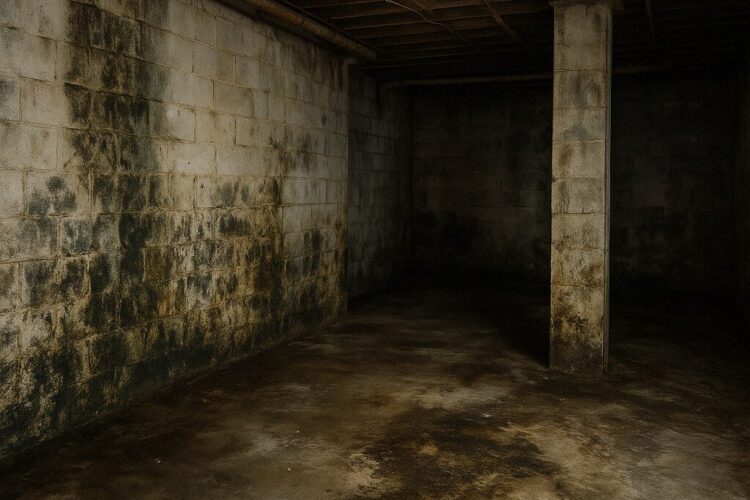
Mold Remediation in Older Row Houses in the Washington, D.C. Area
Washington, D.C.’s charming row houses—many of which date back to the late 19th and early 20th centuries—are architectural gems. But behind their historic brick facades and decorative cornices often lies a common problem that can seriously affect the health of residents and the integrity of the structure: mold.
Why Mold Is So Common in DC Row Houses
Older homes in D.C. were built before modern moisture barriers, ventilation systems, and insulation standards. Over time, these buildings have weathered decades of humid summers, leaky pipes, and occasional flooding from heavy rains or plumbing failures—all prime conditions for mold growth.
In many cases, homeowners don’t even know there’s mold growing until they notice a musty smell, discover staining on walls, or begin experiencing persistent allergy-like symptoms.
Key Risk Areas
- Basements and Crawl Spaces: These often poorly ventilated areas are highly susceptible to moisture intrusion.
- Bathrooms and Kitchens: Poor ventilation and pipe leaks make these rooms mold hotspots.
- Attics: Roof leaks and improper insulation can cause condensation and mold to form on wooden rafters.
- Behind Walls: Water damage from old plumbing can lead to hidden colonies that quietly spread over time.
The Remediation Process
- Inspection and Testing: A professional evaluation identifies the type and extent of mold, often using moisture meters and infrared cameras.
- Containment: The affected area is sealed off to prevent spores from spreading.
- Removal: Contaminated materials like drywall or insulation are safely removed. Non-porous surfaces are scrubbed and treated with antimicrobial solutions.
- Drying and Dehumidification: Industrial air movers and dehumidifiers ensure the space is completely dry before rebuilding begins.
- Repair and Restoration: Any removed materials are replaced, and steps are taken to prevent future mold issues (like improved ventilation or sump pumps).
Preventing Mold in Older Homes
- Improve Ventilation: Add exhaust fans in bathrooms and kitchens, and consider whole-house fans or HRV systems.
- Upgrade Insulation: New insulation with moisture control properties can help prevent condensation.
- Fix Leaks Quickly: Even a small drip can lead to mold growth if left unattended.
- Use Dehumidifiers: Especially in basements, these can keep humidity levels below the mold-friendly 60% mark.
- Regular Maintenance: Check gutters, downspouts, and roofs annually to prevent water intrusion.
Don’t Wait Until It’s a Health Crisis
Mold isn’t just an inconvenience—it can lead to respiratory problems, fatigue, and other serious health concerns, especially in children and the elderly. If you suspect mold in your D.C. row house, don’t wait. A licensed remediation company with experience in historic structures can preserve your home’s charm and protect your family’s well-being.
Learn how we can eliminate mold from your home!
Check out our sister company – Capitol Mold
 Doo Da Home Improvement
Doo Da Home Improvement 




